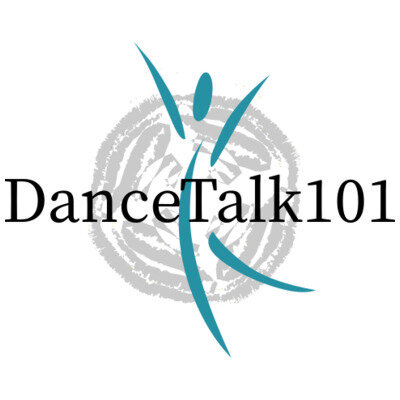Energy- the Vitality of Movement
Junie Marsh
Energy is everything and everywhere. It’s a constant, even when it’s stagnant. Though often listed as the last of the 5 elements of dance, in my personal opinion, energy is perhaps the most important element as the building block of all that is. Energy plays a big role in the make up and variation of body, action, space and time. Quantum physics reveals to us that everything we see is made of energy. All we physically are, feel, sense and communicate, involves the centrifugal force of energy, making it an undeniable aspect of movement and dance.
Talking about energy in relation to dance helps us describe or identify how a dancer’s movement happens. For example the flow of movement. The type of energy that goes into a given movement allows dancers to illustrate or convey different things. How much effort a dancer uses not only provides visual variation, but can tell a story, or create intention in a phrase. Is the movement sharp and abrupt, weighted or restrained? Other times it might be free flowing, subtle, soft or suspended.
These choices in dynamics also create opportunities to communicate emotions. Choreographers and dancers have endless possibilities to translate feelings and ideas. How a dancer releases bound energy, could represent relief or explosive joy, defeat or frustration. You can express boisterous, loud or angry feelings without saying a sound, and you can convey tender or loving intentions without seeing an actual physical embrace.
What I love is these big, or sometimes very small choices can evoke emotions for the viewer and encapsulate thoughts and feelings in ways language sometimes can’t. Experimenting with different projections and qualities of energy is what makes movement an expansion of our language vocabulary. This is a big part of what makes dance universal and extremely powerful. The powerful exchange can transpire between performer and audience or between dancers while in the act.
When doing partner work or various styles of partner dancing, the amount of force or lack thereof, can create counter balance or an equal unit when energy is matched and becomes one entity. Synchronizing and clearly communicating signals with specific amounts of energy becomes essential to the success of partner, ballroom or social dances. The silent movement based conversations can be a beautiful and electric way for people to connect. As an instructor and dancer this has been one aspect of dance that feeds my soul and ignites a magical energy both felt or witnessed by those involved.
-Junie Marsh
@junie_marsh
@breathworkwithjunie

